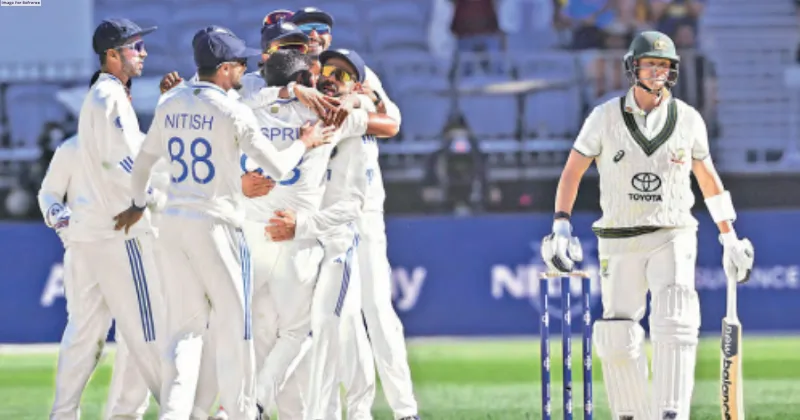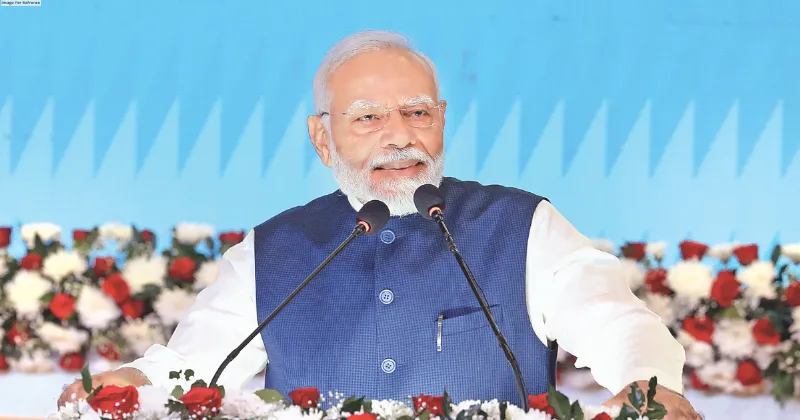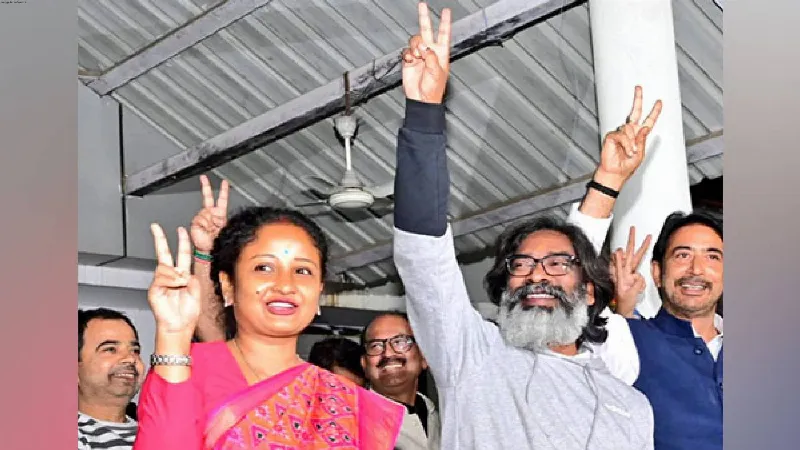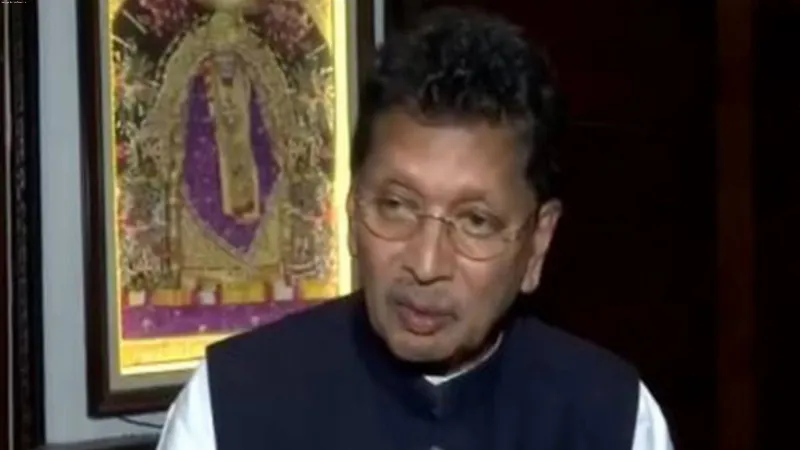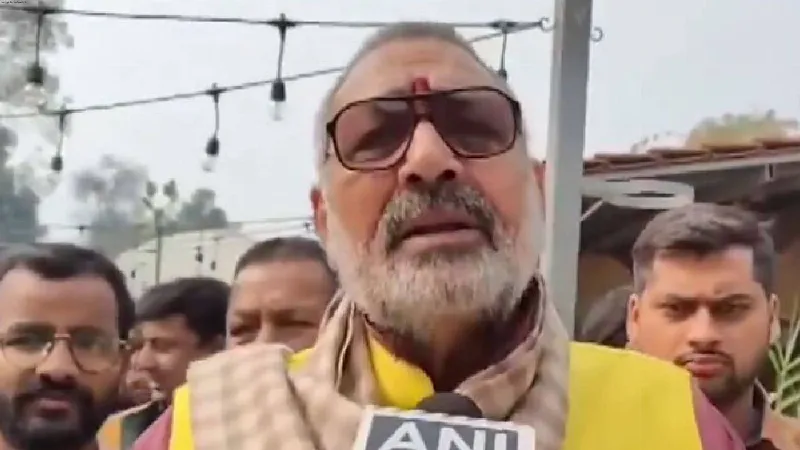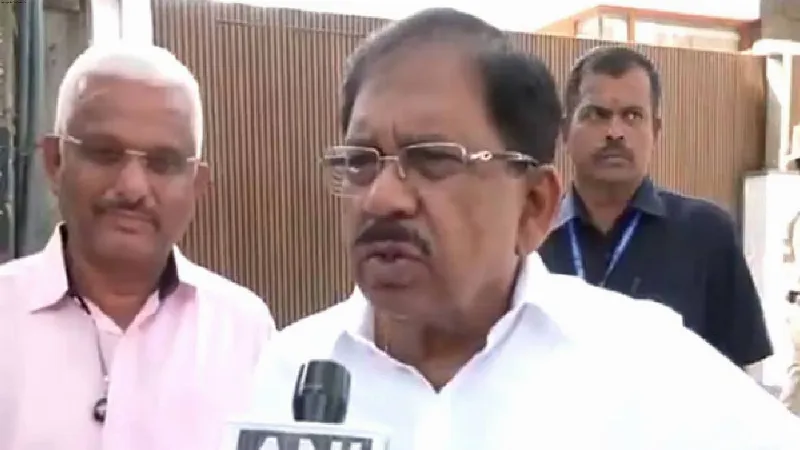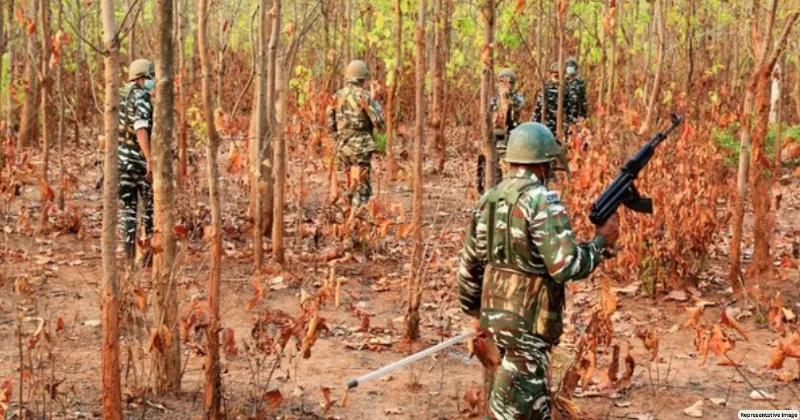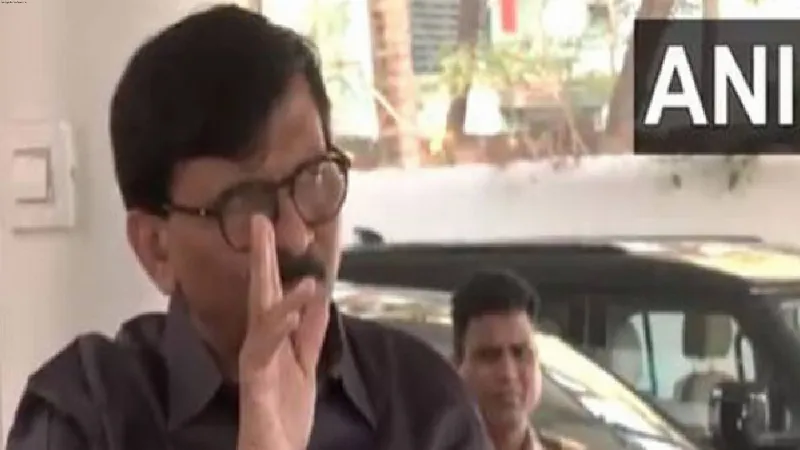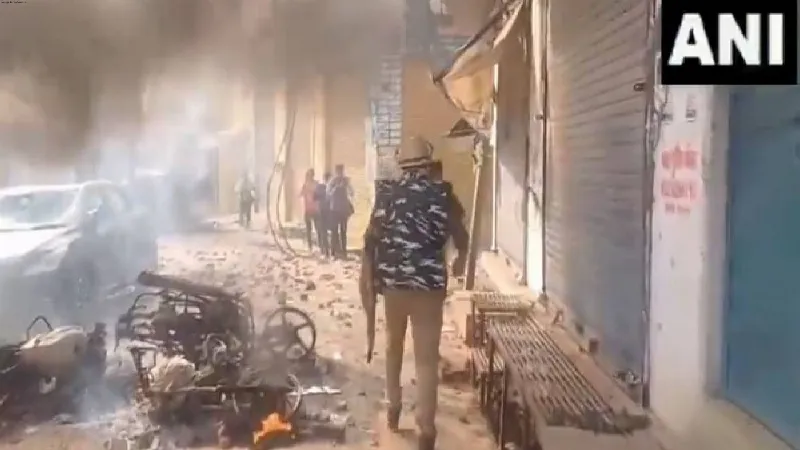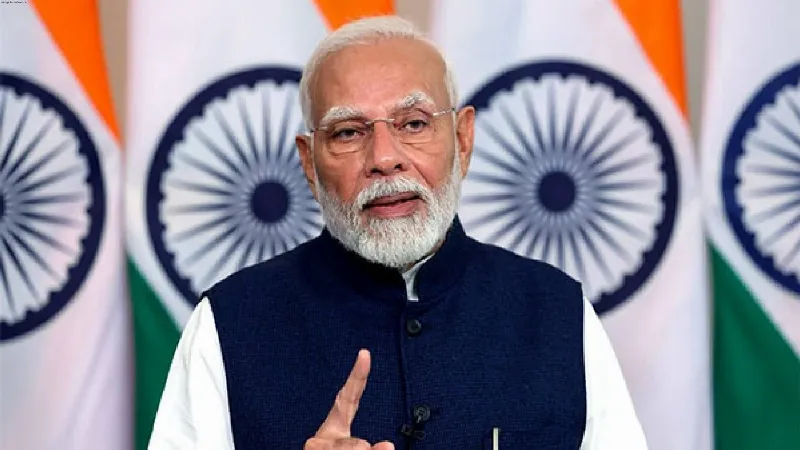Latest News
MAHASANGRAM: WRITING ON THE WALL
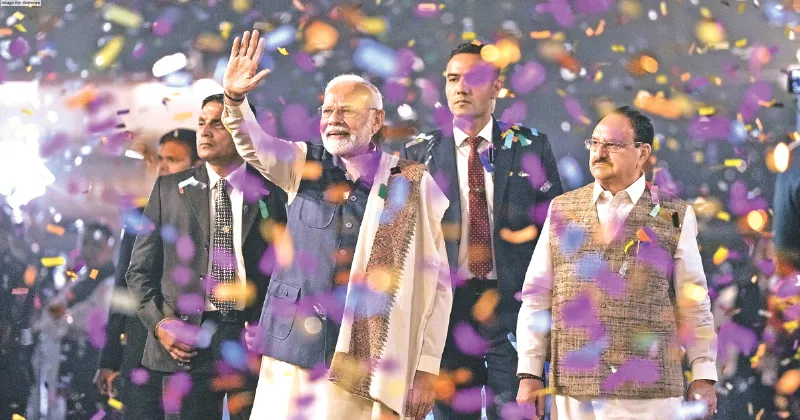
Elections are not won overnight. And there’s no straight-forward mantra to win it and one win-mantra may not be of any consequence to another part of the country. With so many intricacies and asking rates in Indian politics and altogether different scripts in the rural and urban pockets, there has to be a customised formula to sense the pulse of the voter in general.
A keen look at the results of Haryana elections reveal how the RSS was capable of tapping into regional templates which included issues like unemployment, caste dynamics, or cultural identity and its tactical move to influence the votersentiment towards the Saffron party. Its regimented and cadredriven approach ensured that issues are just not raised but addressed to the hilt to see the practicality of the same.
It also dealt with grassroots concerns, warring castes. Much in the same way but on a macro scale, in Maharashtra, the RSS demonstrated its ability to recreate strategies especially in a politically high-octane state. Maharashtra was tied up in knots with splits within the Shiv Sena and NCP along with the BJP’s coalition challenges, the RSS had to do a huge amount of groundwork to get the voter mobilised finally.
It also spent time and burnt the midnight lamp to create narratives which were appealing to the Maratha pride. It had to formulate a plan to address the agrarian distress, assist and mobilise women voters with financial schemes and address the hopes and aspirations of the youth. The November 23 results is clearly a landslide victory and both the organisation and especially the party must consider it to be of more significance because a few months ago the BJP performed poorly in Maharashtra during the Lok Sabha polls.
It may be recalled that BJP and its alliance partners secured just 17 seats in the state, whereas Congress and its alliance partners secured 30 seats. BJP, on its own, won just 9 seats. BJP’s surprising underperformance both in Maharashtra and UP were the main factors for the Saffron party to arrive at this result and hence its dependence on allied parties.
HOW RSS WORKED
After having paid for the misgivings during the run up the LS especially with Nadda’s statement of self-reliance etc… Maharashtra polls was the time for introspection for the Saffron party and also the hour to do some course correction.
Several reports also mention that just weeks after the Lok Sabha elections, Fadnavis, along with other BJP leaders, met senior leaders of the Sangh at least five to six times to create a plan for the assembly election.
Also, Congress’ recent attempt to revive caste identity has been a major cause of concern amongst many Swayamsevaks. This also could have finally triggered RSS’s plan to take active part in the poll process and mobilise the voters also because, Congress’s attempt to resuscitate the cadaver of caste, alarmed the Sangh.
GRASSROOTS CANVASSING
With huge challenges in several major seats and key constituencies, the RSS without wasting time, chalked out its initial plan especially with its USP… yes working at the grassroots levels. The organisation deployed its cadre to regions where the BJP was wary of treading. The RSS made it clear to avoid high-profile public rallies or overt endorsements of BJP candidates. Instead, Swayamsevaks focused on raising awareness about issues perceived as threats to Hindu unity. “The RSS in its characteristic style has activated its network to create awareness on crucial issues threatening the unity of Hindus. Our goal is to build a strong Hindu Rashtra that caters to the welfare of every individual, rising above caste, community, and religion,” an RSS leader was quoted.
SAATH SAATH POLICY
The push for Hindu unity was evident in BJP’s campaign all through. Prime Minister Narendra Modi’s slogan, “Ek hai toh safe hai”, was customised and the machinery had to make sure that it buzzed among the electorate and that was also clear indication that caste divisions were to be rejected at any cost. Also came in handy was Uttar Pradesh Chief Minister Yogi Adityanath’s warning, “Batenge toh katenge”, urging voters to reject divisions along caste lines.
COUNTERING MVA
Initially, the BJP had a stiff challenge from the Maha Vikas Aghadi (MVA) alliance which had gained quite a traction among the Muslims and Dalits following its “Save the Constitution” campaign during the Lok Sabha polls. Also, the Maratha quota activist Manoj Jarange Patil’s demands for community reservations gave more sleepless nights to the Mahayuti alliance.
VICTORY THROUGH COHESION
The proper amalgamation of RSS’s grassroots attempts and the BJP’s campaign plans finally paid rich dividends. Maharashtra polls have reaffirmed the importance of the RSS-BJP relationship in shaping electoral fortunes, with the former providing ideological grounding and grassroots strength, while the latter focuses on political steering.
URBAN CONCERNS
“The anti-industry and antibusiness stand taken by the Congress and Uddhav Thackeray’s Shiv Sena have really repulsed the urban voters. On the contrary, initiatives like the Mumbai Peripheral Road project and other developments, while targeted policies such as Ladli Behena spoke directly to specific demographics, including women and the urban poor,” Praful Ketkar, editor, Organiser, had mentioned.
Ketkar went on to say, “The anti-industrial stance of the Congress-NCP-SHSUBT era has somehow juxtaposed with a BJP-led push for economic growth and stability, resonating particularly in a state deeply tied to the stock market and industrial capitalism.”
THE VIEWS EXPRESSED BY THE AUTHOR ARE PERSONAL
Robin Roy The writer is Senior Journalist and former Managing Editor, First India

